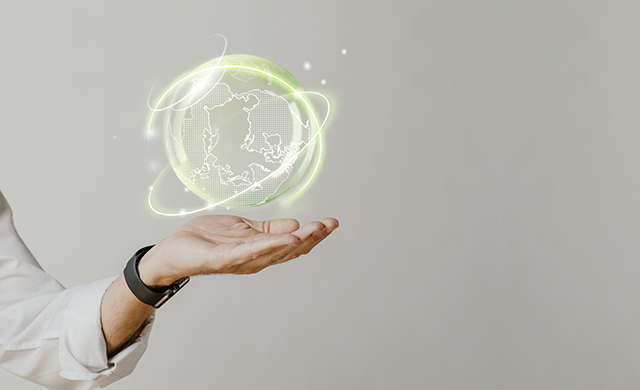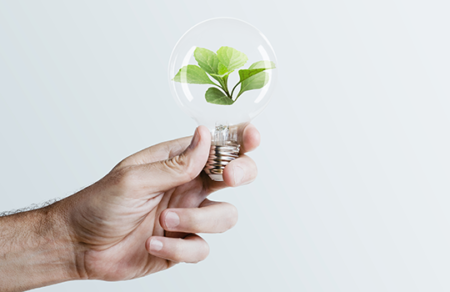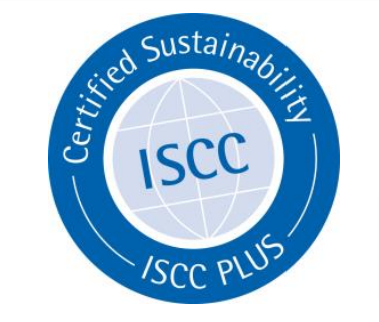
22 Mar Update of the sustainability plan
by Jordi López (General Manager) of RIEUSSET
What we will do in 2023
What a pity! This is going to be a very boring post. What are we going to do in 2023 with regard to sustainability? Well, continue. The road we have been traveling for some time now is a long one and where there are still many things to do.
In the 2021 declaration of intent we had already announced that we were working on: reducing our consumption of electricity, gas, water, nitrogen, etc.; reducing CO2 emissions; reducing the micronage of materials; favoring the use of monomaterials among our materials; using recycled materials; solvent recovery, and returning packing material to our suppliers, but now what?
Well, all these projects are still valid because you can always take them one step further.
And what have we achieved?
– In 2022 we managed to reduce electricity consumption by 3.81%, water consumption by 3.82% and gas consumption by 5.40%… producing more than in 2021, which is the objective: “producing more with less”.
Via: Freepik
– But in addition, we have continued working on the reduction of CO2 emissions. We still don’t have the figures for 2022, but in 2021 we reduced this to 20.14 gCO2/m2, which is 20.7% less than in 2020 where it was 25.39 gCO2/m2 and, with regard to the first calculation in 2017 –where we measured 38.03 gCO2/m2– we have achieved a reduction of 47.0%. All this, bearing in mind that each year we delve deeper into scope 3.
– Regarding micronage reduction, in 2022 we carried out projects where the reduction ranged from 17% to just over 25% in both monofilm and laminated materials. And although the process seems simple, you must keep in mind that, in addition to ensuring the correct protection of the packaged material, we have to guarantee the process conditions both at the client’s facilities and at our own. Thinner materials tend to be more expensive but also more difficult to work with, so if they are not studied well, they can generate more waste.
– We have also made considerable progress in the use of monomaterials. We have proposed and tested structures laminated only with polypropylene and structures laminated only with polyethylene. Here both our clients and ourselves have had to make some concessions on performance issues, but these are always worth it in the interest of better recycling potential. I say potential because even laminated structures end up being incinerated.
– Regarding the use of recycled materials, our major success has been the use of 100% paper produced with post-consumer paper. We have been able to homologate recycled paper in two clients without any loss in the productivity of the processes. The only drawback is that 100% recycled paper does not retain the same whiteness as virgin paper and, furthermore, the material that is collected for the manufacture of this type of paper produces slight variations in the color tone of the paper, which could lead to problems depending on the design to be printed.
– Regarding solvent recovery, we have once again recovered more than 600 tons. This is indeed a product that can be framed within the circular economy since the ethyl acetate from the inks that we emit in our printing process can be reintroduced into the inks since we ensure their quality.
– In addition, in 2022 all the electricity consumed came from renewable sources, highlighting the production of our solar panels.
More work for 2023
But as we said at the beginning, the work is not finished. We must continue to insist on the same projects and expand our work in new developments.
As our head of sustainability, Joaquín Vidal, said in last year’s post, for a product to be sustainable, not only must the product itself be considered, but also the entire life cycle of the product, from the cradle of creation of the raw material to the grave, to the end use of the product. For this reason, in 2022 we started a project in parallel with the development of eco-friendly materials to measure how sustainable the materials we use are. The project developed in collaboration with other companies in the sector will allow us to carry out the life cycle analysis of all the products we make and, with this, be able to support clients with the products that are best aligned with their strategy. This calculation will allow clients to assess objectively if they are more interested in one structure or another based on their interests. And since it is an objective value, they will have arguments to justify their decision without the opinions of consumers prevailing –unless the client prefers this, since it is also an option.
In this year 2023, one of the projects that we can already say that we wanted to do and have done is ISCC Plus standard (International Sustainability & Carbon Certification) certification, which allows us to certify those products that contain recycled raw materials, ensuring that the chain of custody is maintained throughout the supply chain.
Finally, we would like to mention that this year we also intend to launch the platform with which the Gerosa Group already works at the plant we have in Inverigo, so that our suppliers may integrate themselves into our way of working. Obviously, this platform has an objective of reducing administrative tasks and reducing the use of paper, in addition to making processes with suppliers more efficient, but above all, it aims to influence suppliers to adopt more environmentally and socially sustainable practices. But we will explain this to you in greater detail after we have implemented it.
I hope that this post, in spite of being repetitive due to the reiteration of many of the tasks that we have already been carrying out for some time, inspires you so that you too may carry out projects to move towards a more sustainable world, and if you have any ideas to share with us, we will be delighted if you write to us.
| We Manufacture: | Meet Rieusset: |




